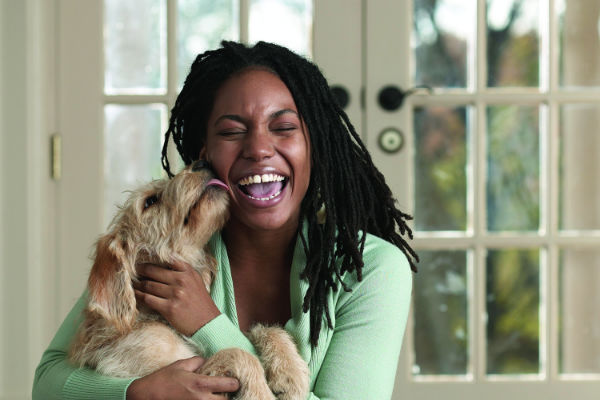 If you have a fire escape plan in place for your home, you’re steps ahead of many Americans. According to the National Fire Protection Association, only 30% of American households have developed and practiced a home fire escape plan. It’s important for families to stay ahead of the curve and be prepared in the event of a fire.
If you have a fire escape plan in place for your home, you’re steps ahead of many Americans. According to the National Fire Protection Association, only 30% of American households have developed and practiced a home fire escape plan. It’s important for families to stay ahead of the curve and be prepared in the event of a fire.
If an emergency occurs, every member of the household should be accounted for, including pets.
Every year, 500,000 pets suffer from smoke inhalation, and 40,000 die due to home fires, according to the American Veterinary Medical Foundation. With 90% of pet owners stating they consider their animal’s members of the family, according to UBS, it is important to be prepared to rescue four-legged friends when disaster strikes.
“Pets are part of our families, so it’s important to recognize they’re vulnerable to the same fire risks as people,” said Sharon Cooksey, Kidde’s fire safety expert. “There are simple ways to keep pets safe at home. Most importantly, recognize every second count in case of fire, so pet owners should install smoke and carbon monoxide alarms as well as fire extinguishers. Make sure alarms are replaced every 10 years and fire extinguishers every 12 years.”
Protect your pet – and your human family – with these tips.
- Minimize smoke alarm reactions. Dogs may become unsettled or anxious when a smoke alarm sounds, running and hiding rather than heading toward the door. Particularly if your pet shows signs of agitation when you test the alarm, enlist assistance from professional trainers to help your canine friend learn how to properly respond. Some websites offer online tips, too.
- Use window cling alerts. In an emergency, first responders need to be able to quickly assess the number of pets in a home. Consider attaching a non-adhesive decal to a window near your front door to let rescuers know how many animals are inside.
- Account for pets in evacuation plans. Pets should always be included in a family’s evacuation plan. Always involve your pets and stay aware of their typical hiding spots or safe places where they often nap, in case you must evacuate quickly. Be sure to practice your evacuation plan periodically. Also assign a family member to be responsible for each pet’s escape. Keep an emergency kit with food, medication, a leash and collars near the exit.
- Keep alarms current. Smoke and carbon monoxide alarms must be replaced after 10 years. In addition to testing alarms once each week, check the manufacture date on your smoke and carbon monoxide alarms to make sure they’re current. If they’re older than 10 years of age, it’s time to replace them. Some options, like Kidde’s Wire-Free Interconnected Alarms, feature built-in 10-year sealed batteries and offer simple setup without the hassle of hardwiring or a Wi-Fi connection.
- Plan ahead for emergency care. If the unthinkable happens, make sure your pets will be cared for. Save contact information for your veterinarian in a place where you and other family members can easily access it, such as your phone contacts list or a cloud-based shared file. Research local boarding options, hotels that allow pets and friends or family members who might take in your pet temporarily. Also be sure your pet’s microchip information is current in case you become separated in an emergency.
For more pet fire safety tips, visit Kidde.com/petsafety.
Photo courtesy of Getty Images via Family Features.
Become a Harlem Insider!
By submitting this form, you are consenting to receive marketing emails from: . You can revoke your consent to receive emails at any time by using the SafeUnsubscribe® link, found at the bottom of every email. Emails are serviced by Constant Contact








